Tesla Introduces Faster Supercharger, Autopilot Updates

Tesla today debuted its new V3 supercharger system, a more robust charging system for the automaker’s electric cars that will reduce the amount of time Tesla drivers spend charging by an average of 50%.
The automaker says the V3 Supercharger features a new 1MW power “cabinet” that supports charging rates of 250 kW per car. This charger will fill a Tesla Model 3 Long Range’s battery with 75 miles worth of juice in just 5 minutes, the automaker says, charging at rates of up to 1,000 miles per hour.
“Supercharger stations with V3’s new power electronics are designed to enable any owner to charge at the full power their battery can take – no more splitting power with a vehicle in the stall next to you,” Tesla said in a statement. “With these significant technical improvements, we anticipate the typical charging time at a V3 Supercharger will drop to around 15 minutes.”
SEE ALSO: Tesla Model Y Crossover to Debut Soon
Also helping Tesla customers get the most out of their car is a new ‘On-Route Battery Warmup’ system. This program will tell the car to automatically heat the battery whenever you set the vehicle’s navigation system to route to a supercharger station. This conditions the battery for charging and can reduce charging times for owners by up to 25%.
Furthermore, the company’s V2 Superchargers will now be upgraded to charge at a rate of 145 kW. They previously charged at a 120 kW rate.
These shortened charging times will lead to shorter waiting times at busy Supercharger stations, such as those in concentrated Tesla markets like California.
“This combination of higher peak power with V3, dedicated vehicle power allocation across Supercharger sites, and On-Route Battery Warmup enables customers to charge in half the time and Tesla to serve more than twice the number of customers per hour,” the company said.
Tesla also recently updated its Autopilot software to recognize stop lines, such as those at an intersection or crosswalk. Autopilot has traditionally been a highway-only system, serving as cruise control with auto-steer and auto brake/accelerate. The automaker is hoping to roll out its Full Self Driving function sometime this year and says this system will be able to “recognize and respond to traffic lights and stop signs” which will enable “automatic driving on city streets”
ALSO SEE: Best EV Chargers for Your Home
This article originally appeared on HybridCars.com

Sam McEachern holds a diploma in journalism from St. Clair College in Windsor, Ontario, and has been covering the automotive industry for over 5 years. He conducts reviews and writes AutoGuide's news content. He's a die-hard motorsports fan with a passion for performance cars of all sorts.
More by Sam McEachern



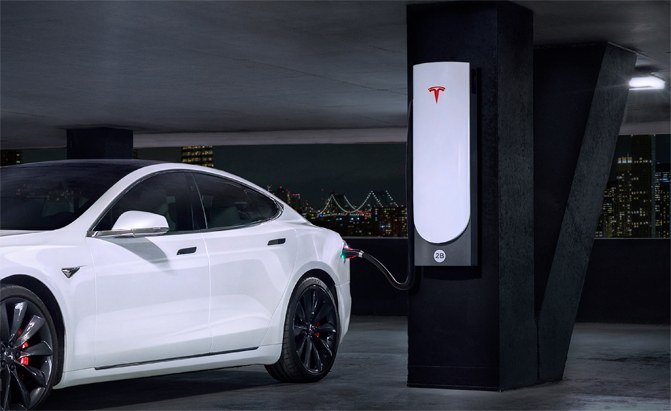













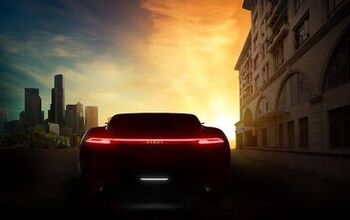
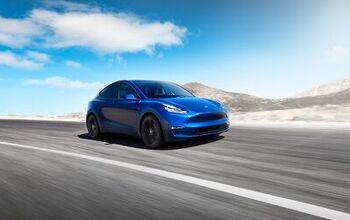
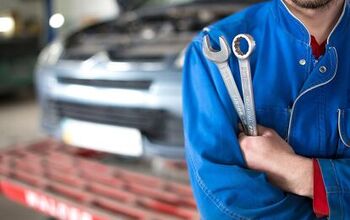
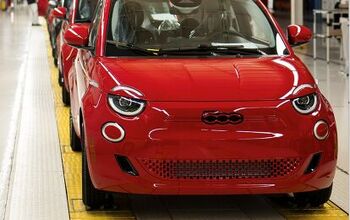


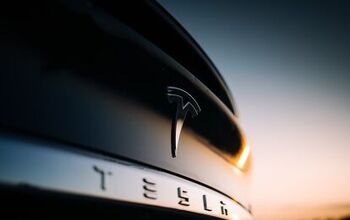



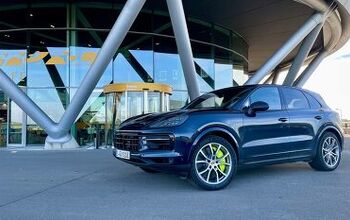



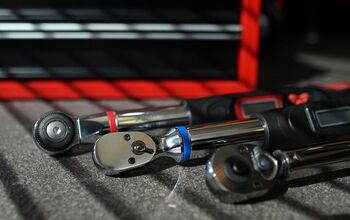
Comments
Join the conversation